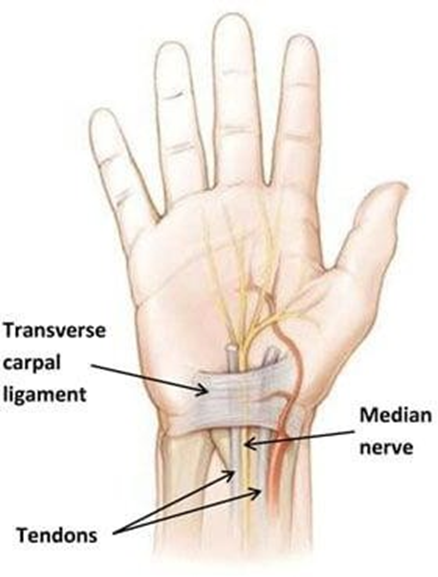A client diagnosed with osteoporosis asks the nurse. "What is osteoporosis?" The nurse should provide which of the following explanations about osteoporosis?
"It is loss of bone density."
"It is new bone growth that is weaker."
"It is due to inadequate calcium in the diet."
"It happens when menopausal women don't take hormone replacement therapy."
The Correct Answer is A
A. Osteoporosis involves a reduction in bone density, making bones weaker and more susceptible to fractures.
B. Osteoporosis doesn't refer to new bone growth; instead, it involves the weakening of existing bone structure.
C. While calcium intake is crucial for bone health, osteoporosis is a multifactorial condition influenced by various factors beyond just calcium intake.
D. Osteoporosis can occur in menopausal women due to hormonal changes, but it's not solely attributed to the lack of hormone replacement therapy. Hormones play a role in bone health, but osteoporosis is fundamentally about bone density loss.
Nursing Test Bank
Naxlex Comprehensive Predictor Exams
Related Questions
Correct Answer is B
Explanation
A. Measuring the circumference of the ankle is not a specific method for screening DVT.
B. Assessing the calf at its widest point with a tape measure can reveal differences in calf size, which might indicate swelling due to a DVT.
C. Checking the dorsalis pedis pulse assesses peripheral circulation but doesn't specifically screen for DVT.
D. Compressing the dorsalis pedis pulse to check for blood return is part of assessing peripheral circulation but doesn’t directly screen for DVT.
Correct Answer is C
Explanation
A. Plantarflexion and dorsiflexion refer to movements of the foot and are unrelated to the Phalen test.
B. Hyperextension of the wrists with the palmar surfaces touching is not the correct maneuver for the Phalen test.
C. The Phalen test involves holding both hands back to back while flexing the wrists at a 90- degree angle for about 60 seconds, which may induce symptoms of carpal tunnel syndrome in those affected.
D. Hyperextending the wrists with the palms together doesn’t simulate the stress on the median nerve in the same way as the Phalen test.

Whether you are a student looking to ace your exams or a practicing nurse seeking to enhance your expertise , our nursing education contents will empower you with the confidence and competence to make a difference in the lives of patients and become a respected leader in the healthcare field.
Visit Naxlex, invest in your future and unlock endless possibilities with our unparalleled nursing education contents today
Report Wrong Answer on the Current Question
Do you disagree with the answer? If yes, what is your expected answer? Explain.
Kindly be descriptive with the issue you are facing.
